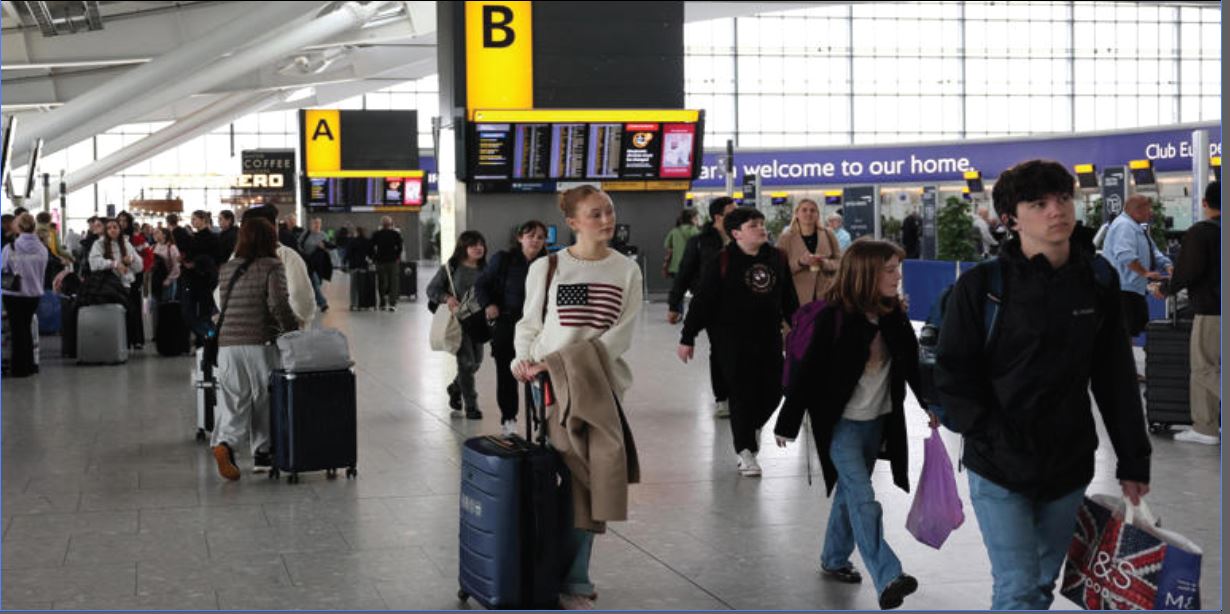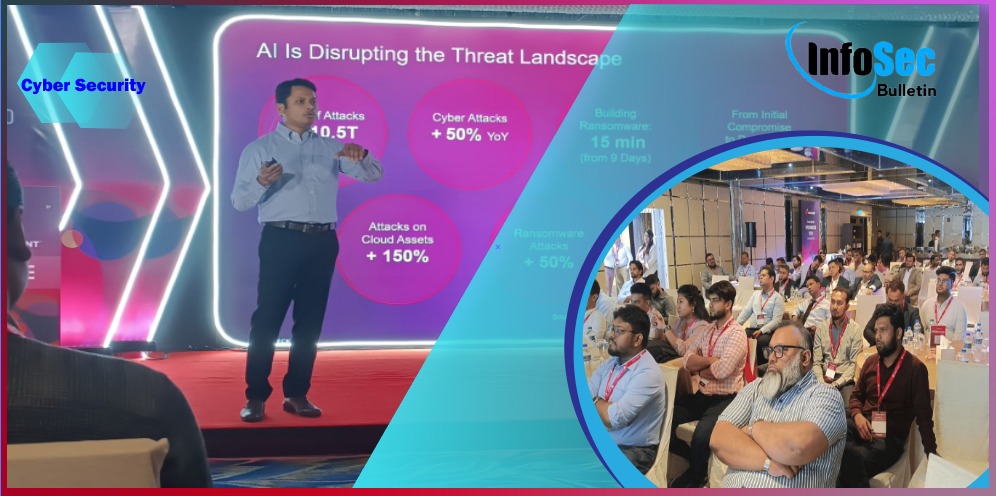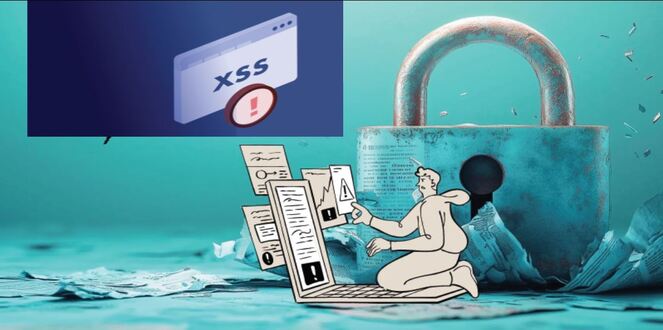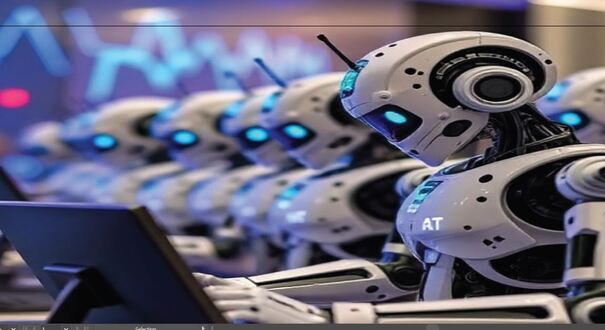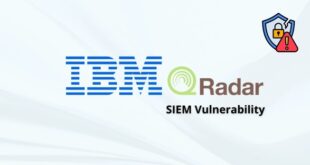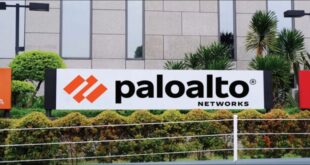IBM has resolved two critical vulnerabilities in its AIX operating system that could allow command execution. The list of shortcomings, which impact AIX versions 7.2 and 7.3, is below:
CVE-2024-56346 (CVSS score: 10.0) – A vulnerability that allows a remote attacker to run any commands through the AIX nimesis NIM master service.
CVE-2024-56347 (CVSS score: 9.6) – a vulnerability that allows remote attackers to run commands through the AIX nimsh service’s security features.
Although there is no evidence of these critical flaws being exploited, users should quickly apply the necessary patches to protect against potential threats.
Veeam has issued security updates to fix a critical vulnerability in its Backup & Replication software that could allow remote code execution.
The vulnerability CVE-2025-23120 has a CVSS score of 9.9 out of 10 and affects version 12.3.0.310 and earlier builds of version 12.
“A vulnerability allowing remote code execution (RCE) by authenticated domain users,” the company said in an advisory released Wednesday.
Security researcher Piotr Bazydlo from watchTowr discovered and reported a flaw that has been fixed in version 12.3.1 (build 12.3.1.1139).
CVE-2025-23120, identified by Bazydlo and Sina Kheirkhah, arises from Veeam’s inconsistent deserialization handling. This issue allows a permitted class to enable inner deserialization that uses a blocklist to prevent the deserialization of risky data.
A threat actor could exploit deserialization gadgets not on the blocklist, specifically Veeam.Backup.EsxManager.xmlFrameworkDs and Veeam.Backup.Core.BackupSummary, to execute remote code.
“These vulnerabilities can be exploited by any user who belongs to the local users group on the Windows host of your Veeam server,” the researchers said. “Better yet – if you have joined your server to the domain, these vulnerabilities can be exploited by any domain user.”
Veeam’s patch adds two gadgets to the blocklist, but the solution could still be at risk if new deserialization gadgets are found.
 InfoSecBulletin Cybersecurity for mankind
InfoSecBulletin Cybersecurity for mankind


